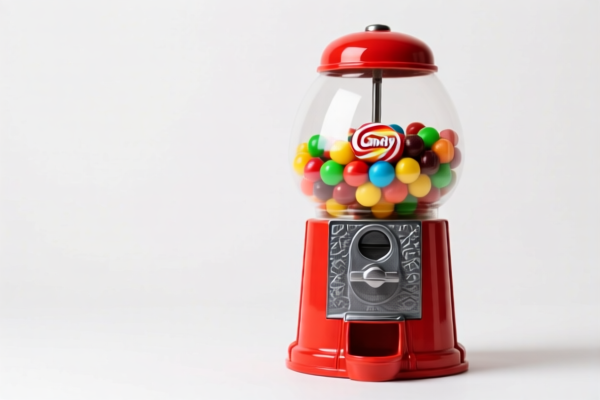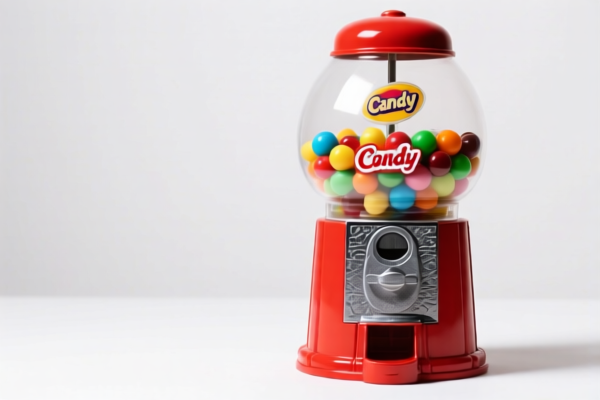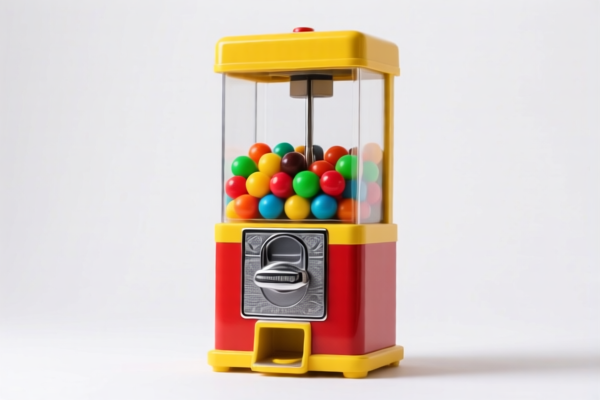| HS Code | Official Doc | Tariff Rate | Origin | Destination | Effective Date |
|---|---|---|---|---|---|
| 8438200000 | Doc | 37.5% | CN | US | 2025-05-12 |
| 8479820040 | Doc | 55.0% | CN | US | 2025-05-12 |
| 8210000000 | Doc | 58.7% | CN | US | 2025-05-12 |
| 3924104000 | Doc | 33.4% | CN | US | 2025-05-12 |
| 3924905650 | Doc | 40.9% | CN | US | 2025-05-12 |




Chocolate Machine
A chocolate machine is a device designed for the production, processing, or dispensing of chocolate. The complexity and function of these machines vary widely, ranging from simple melting and tempering units to large-scale industrial equipment.
Materials
Chocolate machines utilize a variety of materials in their construction, dictated by the specific function and scale of the machine. Common materials include:
- Stainless Steel: Predominantly used for components in contact with chocolate due to its hygienic properties, corrosion resistance, and ease of cleaning. Grades 304 and 316 are typical.
- Food-Grade Plastics: Employed for hoppers, housings, and non-contact parts, ensuring no contamination of the chocolate.
- Aluminum: Found in some heating elements and molds due to its thermal conductivity.
- Cast Iron: Used in older or heavier-duty models for structural components.
- Electronic Components: Including motors, sensors, heating elements, and control systems (PLCs, timers, etc.).
Purpose
The primary purpose of a chocolate machine is to transform raw chocolate ingredients (cocoa mass, cocoa butter, sugar, milk powder, etc.) into finished chocolate products. This can include:
- Melting: Converting solid chocolate into a liquid state.
- Tempering: A crucial process of precisely heating and cooling chocolate to achieve the correct crystal structure for a glossy finish, snap, and stable form.
- Conching: Refining the texture and flavor of chocolate through prolonged mixing and aeration.
- Molding: Forming chocolate into desired shapes.
- Enrobing: Coating other confectionery items (biscuits, nuts, fruits) with chocolate.
- Depositing: Precisely placing chocolate into molds or onto surfaces.
Function
Chocolate machines operate using a variety of principles:
- Heating: Electric resistance heaters, steam jackets, or hot water circulation are used to melt and maintain the temperature of chocolate.
- Agitation: Mixers, scrapers, and paddles ensure uniform melting, tempering, and conching.
- Cooling: Water-cooled jackets or forced-air cooling systems are employed for tempering and solidifying chocolate.
- Pumping & Flow Control: Pumps and valves regulate the flow of molten chocolate through the machine.
- Automated Control: Modern machines utilize sensors, timers, and PLCs to precisely control temperature, flow rates, and mixing times.
Usage Scenarios
Chocolate machines are used in a wide range of settings:
- Chocolate Factories: Large-scale production of various chocolate products.
- Confectionery Businesses: Manufacturing of chocolates, pralines, truffles, and other chocolate-based treats.
- Bakeries & Pastry Shops: Melting chocolate for coating, decorating, and making ganaches.
- Small-Scale Artisanal Chocolatiers: Handcrafting chocolates in smaller batches.
- Retail Settings: Chocolate fountains and tempering machines for on-site chocolate production.
- Home Use: Small electric chocolate melters and tempering units for hobbyists.
Common Types
- Chocolate Melters: Simple devices for melting chocolate, often used for dipping or coating.
- Chocolate Tempering Machines: Designed specifically for the tempering process, ranging from manual to fully automated.
- Chocolate Conches: Used for refining the texture and flavor of chocolate through prolonged mixing.
- Chocolate Molding Machines: Automate the process of filling molds with chocolate.
- Chocolate Enrobing Machines: Coat other confectionery items with chocolate.
- Chocolate Depositing Machines: Precisely place chocolate into molds or onto surfaces.
- Chocolate Fountain Machines: Create a flowing cascade of chocolate for dipping.
- Ball Mills: Used for refining cocoa nibs and creating chocolate liquor.
- Winnowing Machines: Separates cocoa nibs from cocoa husks.
The declared goods are identified as a “chocolate machine”. Based on the provided information, the following HS codes are relevant:
-
8438200000: Machinery, not specified or included elsewhere in this chapter, for the industrial preparation or manufacture of food or drink, other than machinery for the extraction or preparation of animal or fixed vegetable or microbial fats or oils; parts thereof: Machinery for the manufacture of confectionery, cocoa or chocolate.
- 84: Chapter 84 covers machinery and mechanical appliances; their parts.
- 38: Heading 38 specifically addresses machinery for food or drink preparation/manufacture (excluding fat/oil extraction).
- 200000: This subheading narrows the scope to confectionery, cocoa, or chocolate manufacturing machinery.
-
8479820040: Machines and mechanical appliances having individual functions, not specified or included elsewhere in this chapter; parts thereof: Other machines and mechanical appliances: Mixing, kneading, crushing, grinding, screening, sifting, homogenizing, emulsifying or stirring machines Mixing, kneading or stirring machines.
- 84: Chapter 84 covers machinery and mechanical appliances; their parts.
- 79: Heading 79 covers machines with individual functions not elsewhere specified.
- 820040: This subheading focuses on mixing, kneading, or stirring machines. This could apply if the chocolate machine's primary function is mixing chocolate ingredients.
Regarding HS code 8438200000, the applicable tax rate is a base tariff of 0.0%, an additional tariff of 7.5%, and an additional tariff of 30.0% after April 2, 2025, resulting in a total tariff of 37.5%.
Regarding HS code 8479820040, the applicable tax rate is a base tariff of 0.0%, an additional tariff of 25.0%, and an additional tariff of 30.0% after April 2, 2025, resulting in a total tariff of 55.0%.
Customer Reviews
No reviews yet.